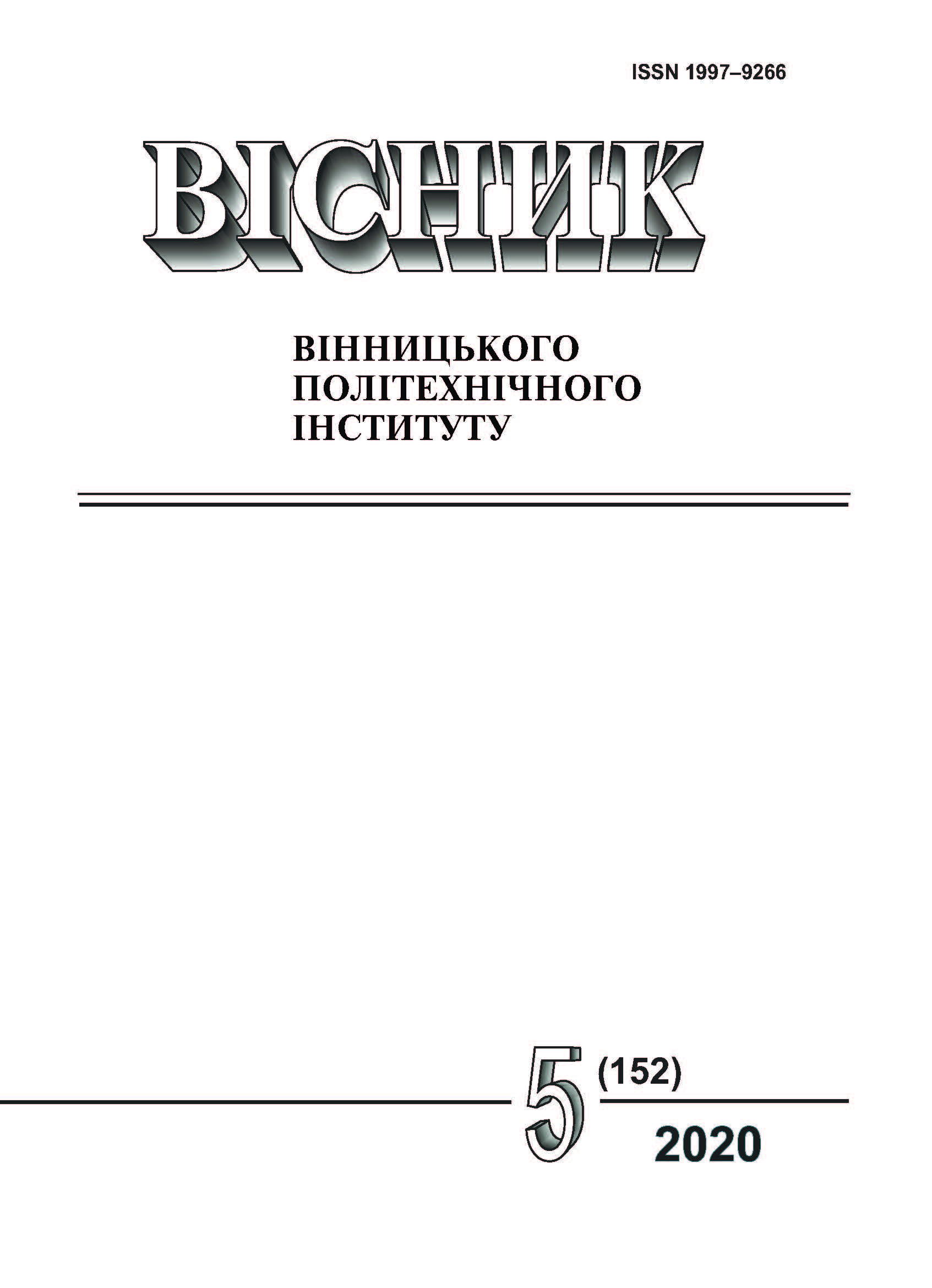ДОСЛІДЖЕННЯ ІМПУЛЬСНИХ ПРОЦЕСІВ НА КОГНІТИВНІЙ КАРТІ ДЛЯ ВИЗНАЧЕННЯ ЗМІНИ РІВНЯ ЗАХИЩЕНОСТІ СИСТЕМИ ЗАХИСТУ ІНФОРМАЦІЇ
DOI:
https://doi.org/10.31649/1997-9266-2020-152-5-56-62Ключові слова:
система захисту інформації, загроза, захищеність, нечітка когнітивна карта, імпульсний процесАнотація
Характерною особливістю ХХІ століття є впровадження високоінтелектуальних інформаційних технологій в усі сфери суспільної діяльності, яке породжує низку небезпек, пов’язаних зі стрімким розвитком різноманітних загроз. Тому наразі актуальними є задачі забезпечення надійного та безпечного функціонування систем захисту інформації та підвищення рівня їхньої захищеності. Для розв’язання таких задач важливо своєчасно виявити загрози, встановивши при цьому зміну рівня захищеності досліджуваної системи. У зв’язку з цим, у роботі пропонується провести дослідження імпульсних процесів на нечіткій когнітивній карті для визначення зміни рівня захищеності системи захисту інформації. Ця методика базується на розповсюдженні імпульсу, введеного у концепт (або декілька концептів) когнітивної карти, який, поширюючись по системі, посилюється або ж згасає.
Для досягнення поставленої мети сформовано матрицю транзитивного замикання, яка відображає зміну стану кожного концепту системи у момент стабілізації імпульсного процесу. Аналіз матриці дозволив для простих імпульсних процесів з визначеними початковими вершинами встановити зміну рівня захищеності системи захисту інформації. Крім того, серед множини усіх концептів когнітивної карти виділено найвагоміші, які внаслідок імпульсного процесу найбільшою мірою вплинуть на захищеність досліджуваної системи. Для автоматизації імпульсного моделювання розроблено програмний засіб, який надає змогу наочно представити еволюційний розвиток системи при внесенні збурення у концепт чи декілька концептів когнітивної карти.
Результати, отримані внаслідок проведення цього дослідження, сприятимуть покращенню прогнозування розвитку ситуацій у разі реалізації ймовірних загроз, що, у свою чергу, підвищить ефективність прийняття своєчасних рішень, спрямованих на підвищення захищеності системи захисту інформації.
Посилання
В. В. Корчинський, Халед Аль-Файюми, Ю. В. Копитін, і М. В. Копитіна, «Ризики інсайдерських загроз в системах захисту інформації підприємств,» Наукові праці ОНАЗ ім. О. С. Попова, № 2, с. 112-116, 2019.
М. Л. Соловьев, Т. Е. Минеева, А. А. Конев, и Д. Н. Буинцев, «Модель угроз безопасности, возникающих при управлении системой защиты информации,» Доклады ТУСУР, т. 22, № 3, с. 31-36, 2019.
Д. Мехед, Ю. Ткач, і В. Базилевич, «Дослідження технологій впливу та методів протидії фішингу,» Захист інформації, т. 21, № 4, с. 246-251, 2019.
F. Weijian, T. Xiaoling, and W. Dominic, «Research on machine learning method and its application technology in intrusion information security detection,» Journal of Intelligent & Fuzzy Systems, vol. 38, no. 2, pp. 1549-1558, 2020.
M. Humayun, M. Niazi, N. Jhanjhi, M. Alshayeb, and S. Mahmood, «Cyber Security Threats and Vulnerabilities: a Systematic Mapping Study,» Arabian Journal for Science and Engineering, vol. 45, pp. 3171-3189, 2020.
P. T. Figueira, C. L. Bravo, and J. L. R. López, «Improving information security risk analysis by including threat-occurrence predictive models,» Computers & Security, vol. 88, pp. 1-9, 2020.
О. В. Салієва, і Ю. Є. Яремчук, «Визначення рівня захищеності системи захисту інформації на основі когнітивного моделювання,» Безпека інформації, № 1, с. 42-49, 2020.
B. Kosko, «Fuzzy Cognitive Maps», International Journal of Man-Machine Studies, vol. 24, no. 1, pp. 65-75, 1986.
Ф. С. Робертс, Дискретные математические модели с приложениями к социальным, биологическим и экологическим задачам. Москва: Наука, 1986, 496 с.
##submission.downloads##
-
PDF
Завантажень: 137
Опубліковано
Як цитувати
Номер
Розділ
Ліцензія

Ця робота ліцензується відповідно до Creative Commons Attribution 4.0 International License.
Автори, які публікуються у цьому журналі, згодні з такими умовами:
- Автори зберігають авторське право і надають журналу право першої публікації.
- Автори можуть укладати окремі, додаткові договірні угоди з неексклюзивного поширення опублікованої журналом версії статті (наприклад, розмістити її в інститутському репозиторії або опублікувати її в книзі), з визнанням її первісної публікації в цьому журналі.
- Авторам дозволяється і рекомендується розміщувати їхню роботу в Інтернеті (наприклад, в інституційних сховищах або на їхньому сайті) до і під час процесу подачі, оскільки це сприяє продуктивним обмінам, а також швидшому і ширшому цитуванню опублікованих робіт (див. вплив відкритого доступу).





